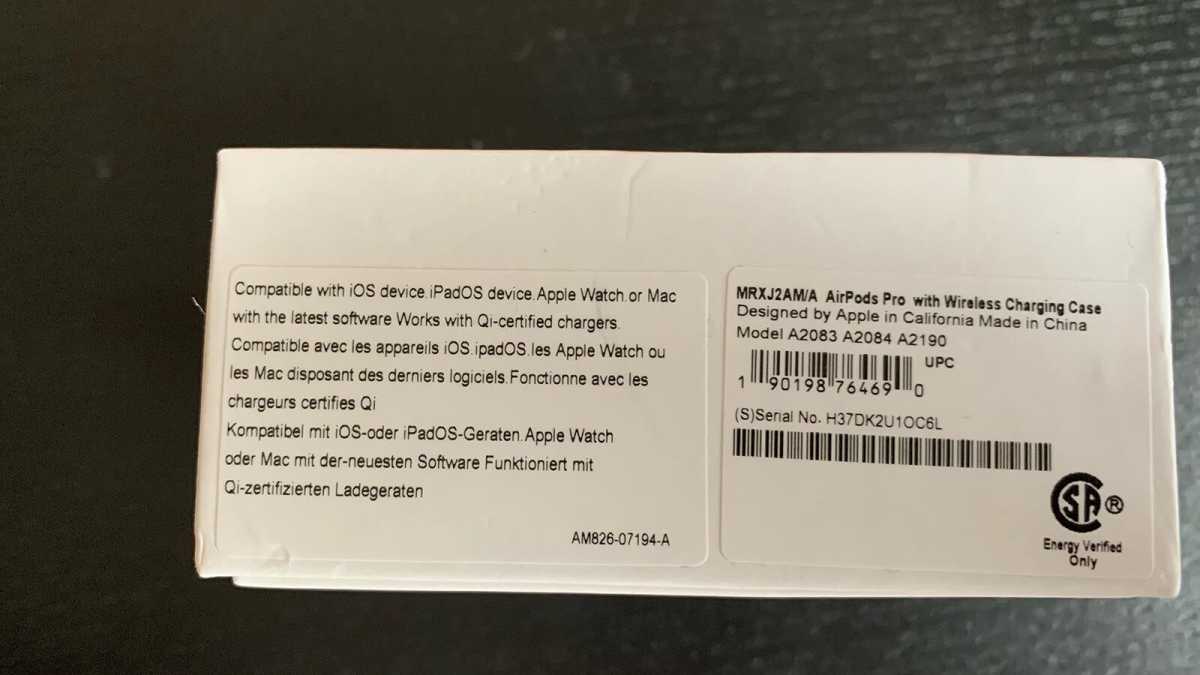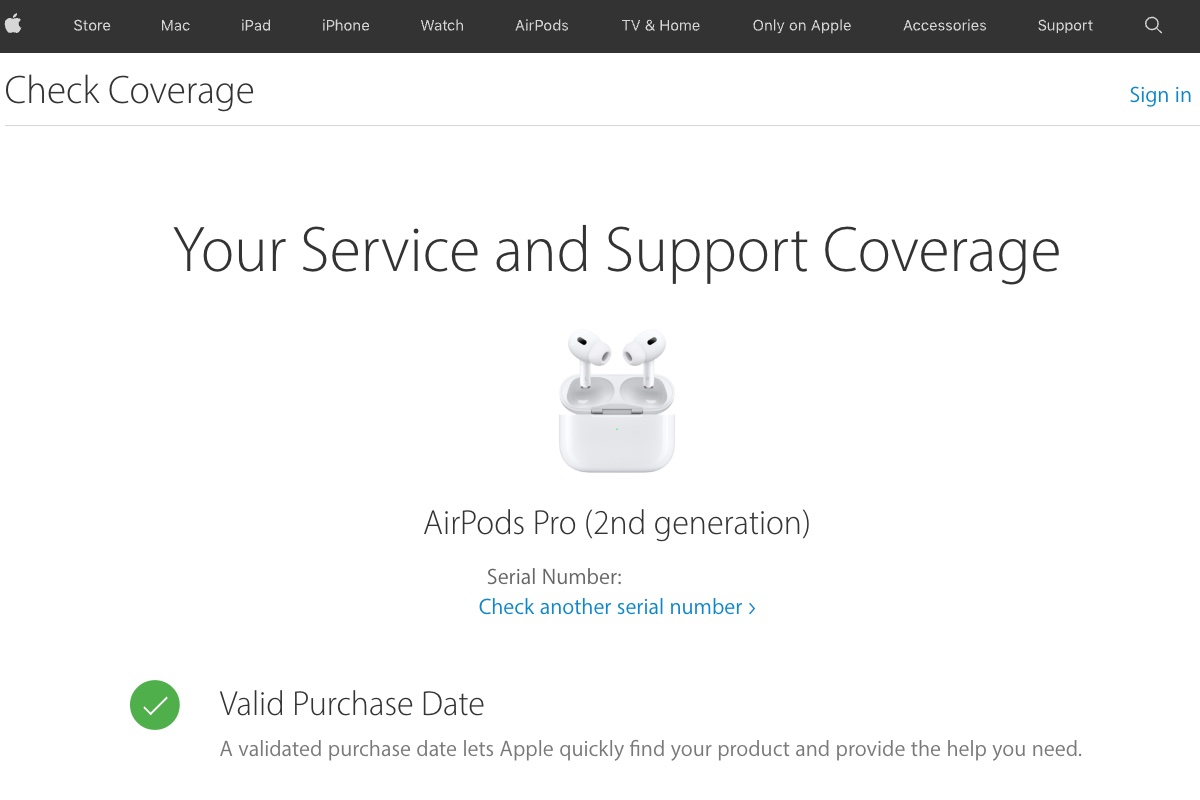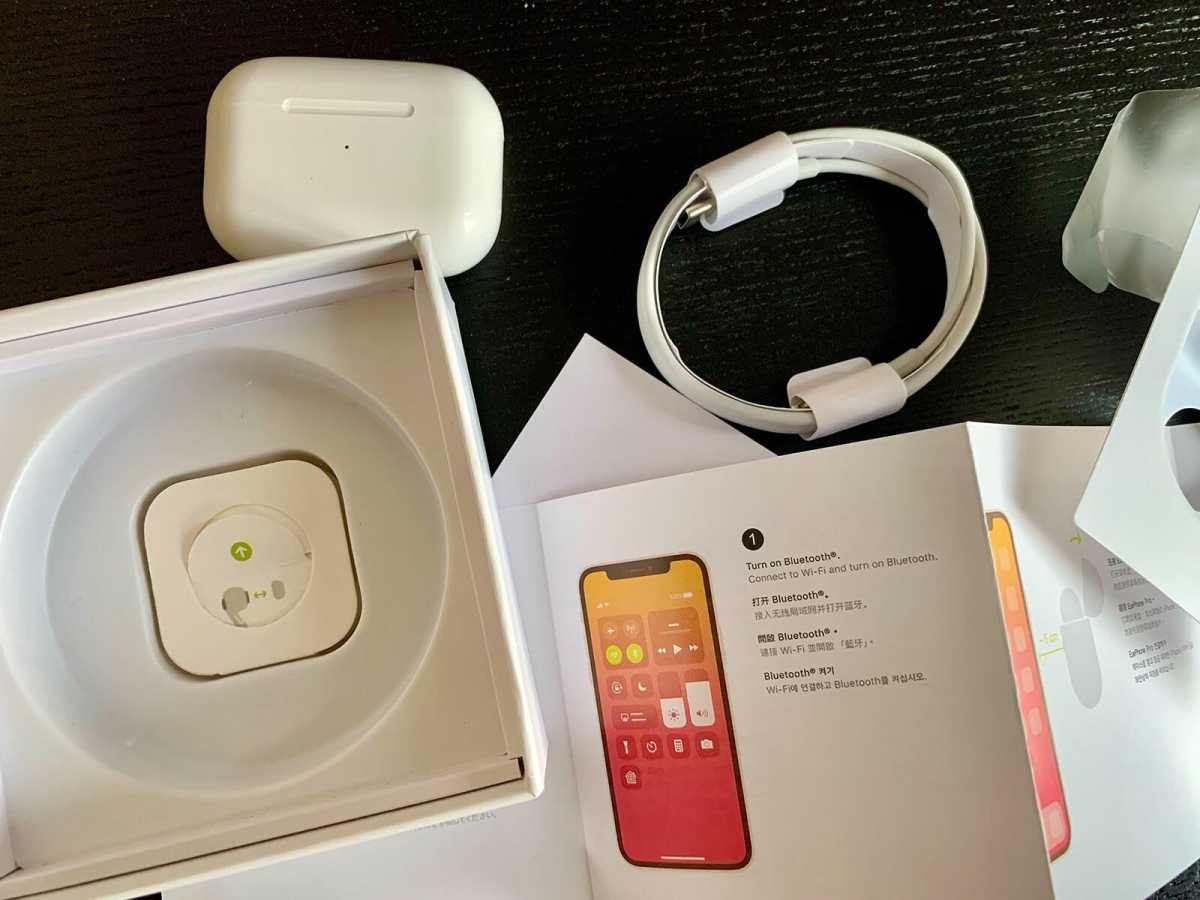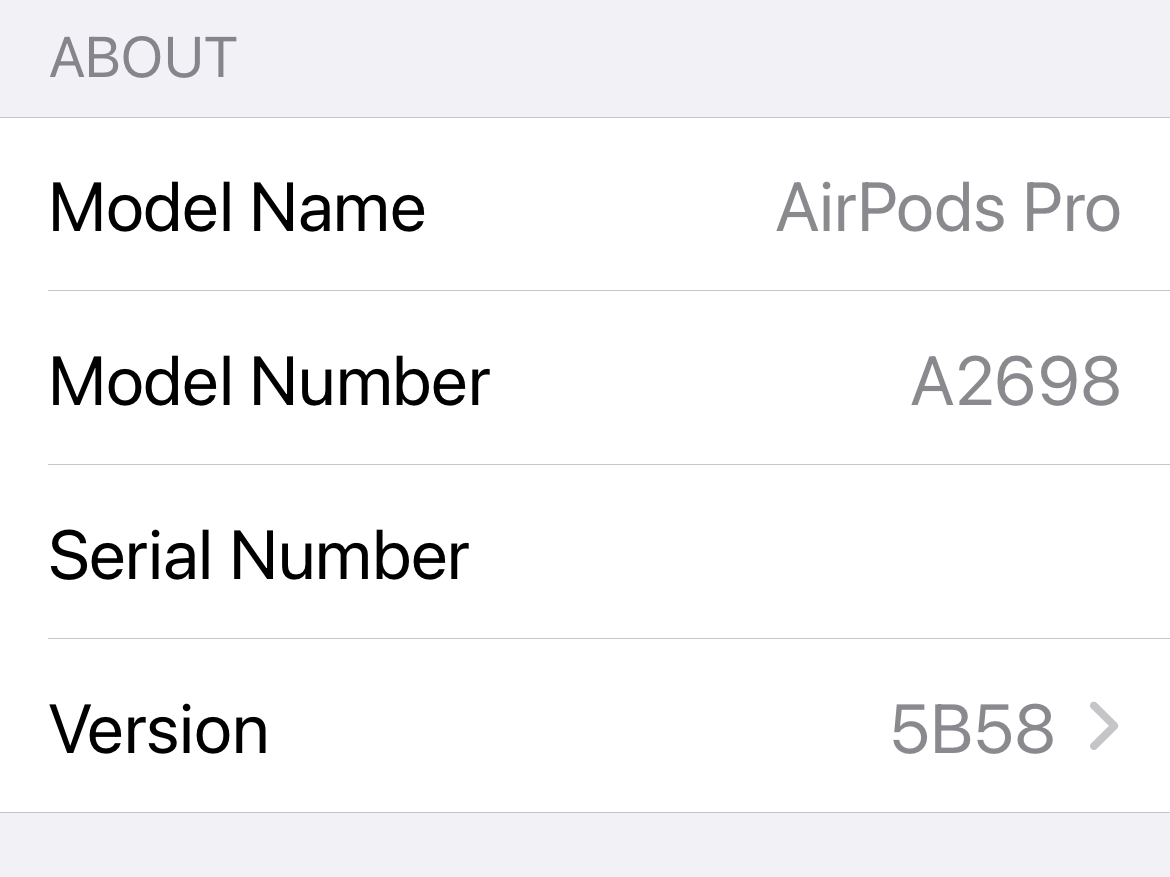How to tell if your AirPods Pro are fake
Description
<body>
Apple’s AirPods are very popular, but unfortunately also expensive. In the Apple Store the cheapest AirPods are the 2nd generation AirPods at $129/£139, there’s also the 3rd generation AirPods from $169/£179, while you can pay $249/£249 for the 2nd generation AirPods Pro (not to forget the AirPods Max at $549/£549).
It’s no wonder that many people are on the look out for a bargain, and luckily you can often find AirPods deals, especially at times like Black Friday or one of Amazon’s Prime events–for example in July 2022 Amazon cut $79 of the price of the AirPods Pro. But what if you find an even better deal somewhere like Ebay or Ebay U.K.? Can you be sure that the supposedly brand new in the original packaging AirPods are the real deal?
More and more often, the supposed bargain turns out to be a counterfeit product that deceptively resembles the expensive original. Counterfeit products are not a new problem, but fake AirPods Pro are often found on sales platforms. The high price and great demand for this product makes the AirPods Pro ideal for product counterfeiters thanks to the good profit margin even after high counterfeiting expenses.
If internet forums are anything to go by, all too often customers are falling for such an offer only noticing the fraud much later when there a problem arises.
The counterfeits are getting better and better. How can you identify if the AirPods you are buying are the real deal?
Check the packaging
 </figure>
</figure>Foundry
It is easy to spot a counterfeit with some copies of Apple products: The packaging quality is often poor, typing errors such as “Dseigned by Apple”, ios instead of iOS, or translation errors can be spotted in the labelling.
However, it’s not always so easy. In the example above, provided to our colleagues on Macwelt, the inconsistencies in the packaging were only obvious at second glance. The packaging read: “Compatible with iOS device, iPadOS device, Apple Watch or Mac with the latest software Works with Qi-certified chargers.” There is missing punctuation before Works with Qi-certified chargers. In the German section there are missing umlauts.
Check the serial number
 </figure>
</figure>Foundry
You don’t even have to unpack the device, the first step is to check the serial number. This can be found on the side of the packaging and can be entered into the Apple website.
If you haven’t got the packaging, then you’ll find the serial number inside the charging case – for our AirPods Pro this is seen on the right hand side – you might need a magnifying glass to read it though.
You can also see your serial number if you open Settings > Bluetooth on your iPhone and tap the Info button beside your AirPods.
In the case of the fake device provided to Macwelt, when the serial number was entered it was immediately identified as invalid, exposing the device as a fake.
Unfortunately, according to reports, this check does not always work, apparently some forgers use serial numbers that are recognised by Apple.
Check the accessories
 </figure>
</figure>Foundry
At first glance fake AirPods can look perfectly fine with a complete set of accessories inside the box. When the team at Macwelt got their hands on counterfeit AirPods via a reader they found all the usual papers and instructions, along with AirPods Pro that looked legitimate, a lightning cable and more.
However, the enclosed instructions immediately raised suspicions: The print quality of the instructions was moderate and the type was blurred.
Check the firmware
 </figure>
</figure>Foundry
To check the firmware on your AirPods grab your iPhone and go to Settings > Bluetooth. Tap the Info button beside your AirPods. The firmware is the number listed next to Version.
At the time of writing the AirPods firmware is 5B5B for all but the 1st gen AirPods. Prior to 5B5B the firmware was 4E71).
The firmware on the AirPods Macwelt had was listed as 0A2097, a firmware ID that Apple has never used.
Unfortunately if the firmware is incorrect not only does that mean it’s a fake, it will not be possible to update the software on the AirPods.
Are the AirPods recognised by an iPhone or Mac
<div class="extendedBlock





